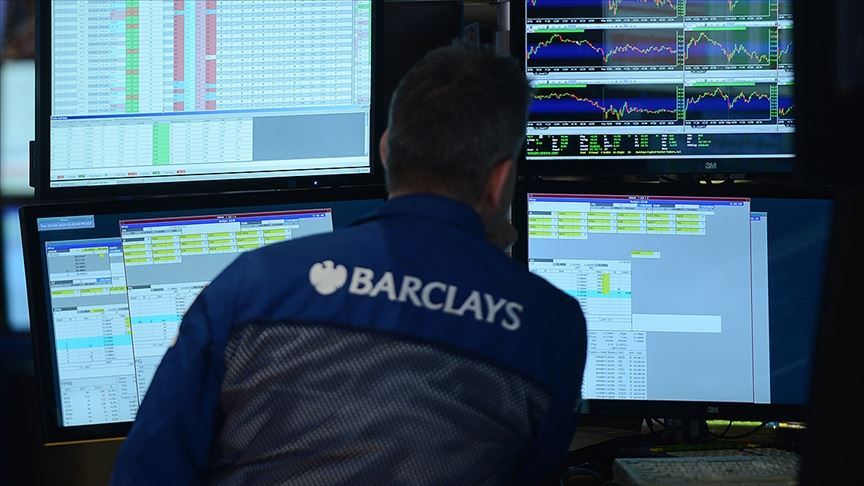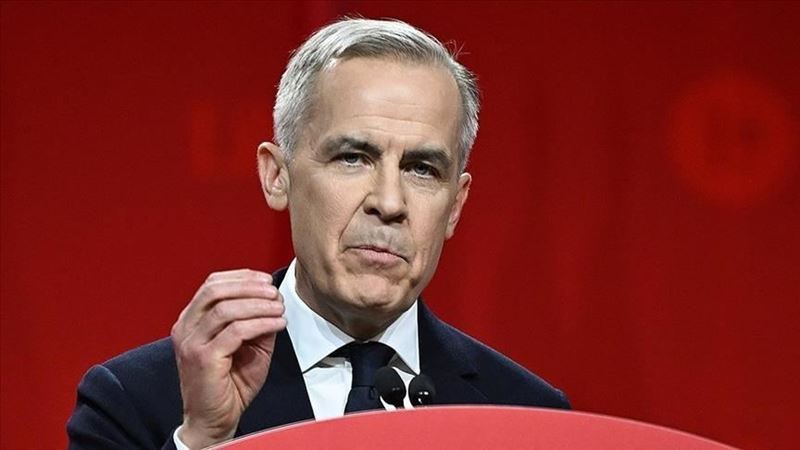Since the second half of last week, the increasing tension between Russia, the USA and NATO due to Ukraine caused the risk appetite to remain low, while it is seen that mutual statements gained momentum.
US President Joe Biden discussed the options for supporting NATO's eastern flank and economic sanctions against Russia during his meeting with European leaders yesterday. On the other hand, it has been reported that the USA has put 8,500 soldiers on alert to provide support in case the NATO Response Force is activated in the Ukraine crisis.
While the European Union (EU) gave a message of strong unity with the United States against Russia and support to Ukraine, NATO Secretary General Jens Stoltenberg stated that they were considering increasing their presence in the southeast of the alliance, and said, "There are wars not only in the Baltic region and Poland, but also in the southeast of the alliance. We're considering keeping groups." said.
From Ukraine, "The situation in the east of the country is under control, there is no need to panic." Kremlin Spokesperson Dmitriy Peskov said that the USA and NATO increased the tension between Russia and Ukraine with "false information".
In addition to the statements that increase the tension on the geopolitical side, investors are also focused on whether a more hawkish signal will be given than the expectations regarding the interest rate path at the Fed meeting, which will be held tomorrow in an environment of increased inflationary pressures. While it is already priced that the Fed will increase interest rates 4 times this year, it is considered certain that it will take the first step in March.
While these developments brought about a deepening of sales and an increase in volatility in the stock markets, the VIX index, which is described as a "fear indicator", reached its highest level since October 2020 with 38.94.
After the day started with a decline in the New York stock market yesterday, the Dow Jones index lost more than 1,000 points, while the S&P 500 and Nasdaq indices lost close to 4 percent. While the indices with very high volatility went up with the purchases close to the closing, the Dow Jones index increased by 0.29 percent, the S&P 500 index increased by 0.36 percent and the Nasdaq index increased by 0.63 percent. Mixed signals from balance sheets and macroeconomic data were also effective in this volatility. The manufacturing industry Purchasing Managers Index (PMI) in the country fell to 55 in January, the lowest level in 15 months, and the service sector PMI fell to 50.9, the lowest level in 18 months. The US 10-year bond yield is at 1.76 percent today, after seeing the lowest level in 10 days, falling to the limit of 1.71 percent yesterday. The dollar index, which saw its highest level in two weeks with 96.1 yesterday, is moving at 95.9 levels today.
In the European stock markets, the heaviest losses of the last 1.5 years were experienced in the stock markets due to the developments in energy prices as well as geopolitical risks and inflation concerns. Concerned that the tension with Russia will increase the current energy supply problems, natural gas futures in Europe rose from the 70 euro level they were last week to over 90 euros.
After the manufacturing industry PMI data announced in the region revealed a mixed picture, the FTSE 100 index was 2.63 percent in the UK, the DAX 30 index was 3.80 percent in Germany, the CAC 40 index was 3.97 percent in France and the FTSE index in Italy. The MIB 30 index fell 4.02 percent. After closing at 1.1321 with a decrease of 0.2 percent yesterday, the euro/dollar parity is on a horizontal course today.
According to the data released on the Asian side, South Korea's economy grew by 4.1 percent annually in the fourth quarter of last year, above expectations. In Asia, where the increasing number of cases in the new type of coronavirus (Kovid-19) epidemic remains the focus of the agenda, it has been reported that Japan plans to extend the partial state of emergency (OHAL) implemented in 16 states to 34 states. Bank of Japan Governor Haruhiko Kuroda has pledged to keep monetary policy extremely loose and said the central bank was aware of the risk of rising inflation before wages began to rise.
With these developments, it is seen that the new day started with a decrease in Asian stock markets, where the risk appetite continues to be low, while the Nikkei 225 index in Japan is 2.3 percent, Shanghai composite index is 1.7 percent in China and Kospi index is 2.7 percent in South Korea. lost value.
Domestically, sales increased in Borsa Istanbul in the afternoon due to the geopolitical developments yesterday, and the session was completed at 17.47 with the operation of the index-linked circuit breaker system. Thus, the BIST 100 index closed the day at 1,910.29 points with a 5.02 percent depreciation. Dollar/TL, on the other hand, is traded at 13.4605 at the opening of the interbank market today, after closing at 13.5093 with an increase of 0.4 percent yesterday.
Analysts stated that the news flow regarding the tensions in Russia and Ukraine remained in the focus of the markets, and said that the volatility in the markets may continue before the Fed's interest rate decision tomorrow.
Stating that today, the real sector confidence index and manufacturing industry capacity utilization rate will be followed in Turkey, the International Monetary Fund's (IMF) "Global Economic Outlook Report", the Ifo business confidence index in Germany and the consumer confidence index in the USA will be followed. Analysts reported that technically, the BIST 100 index was at the level of 1.880 as support and 2.010 points as resistance.
The data to be followed in the markets today are as follows:
10.00 Turkey, January real sector confidence index
10.00 Turkey, capacity utilization in January
10.00 Turkey, January sectoral confidence indices
12.00 Germany, January IFO Business Confidence Index
18.00 US, January CB Consumer Confidence Index
18.00 US, January Richmond Fed Industrial Index









Comments
No comment yet.